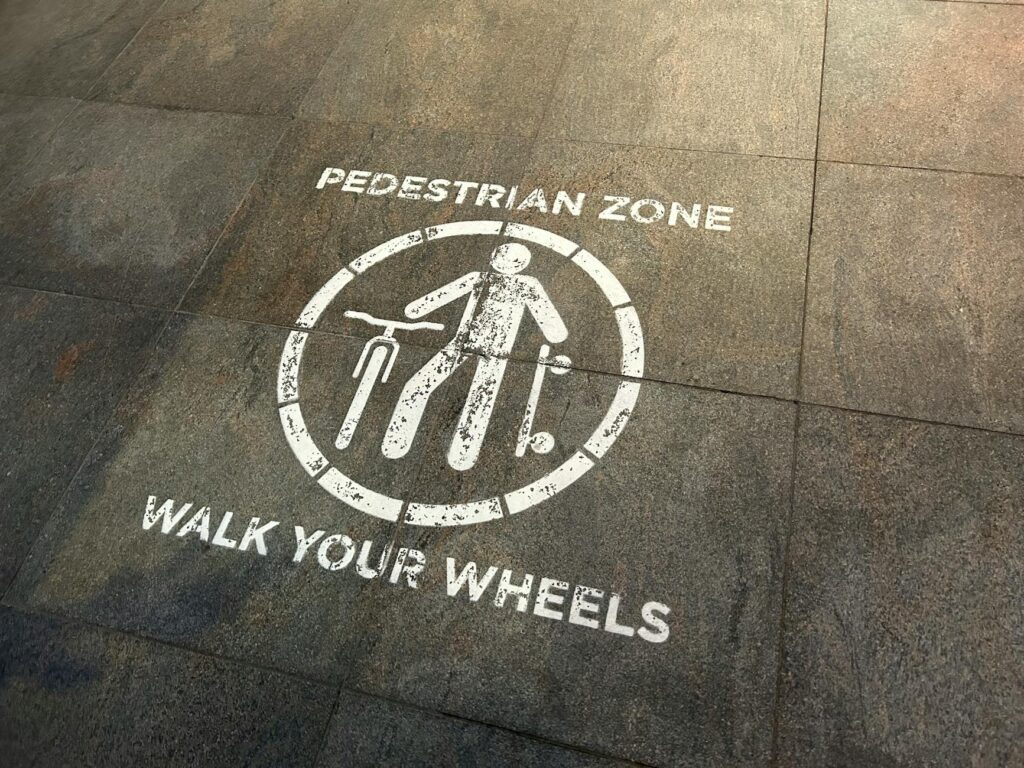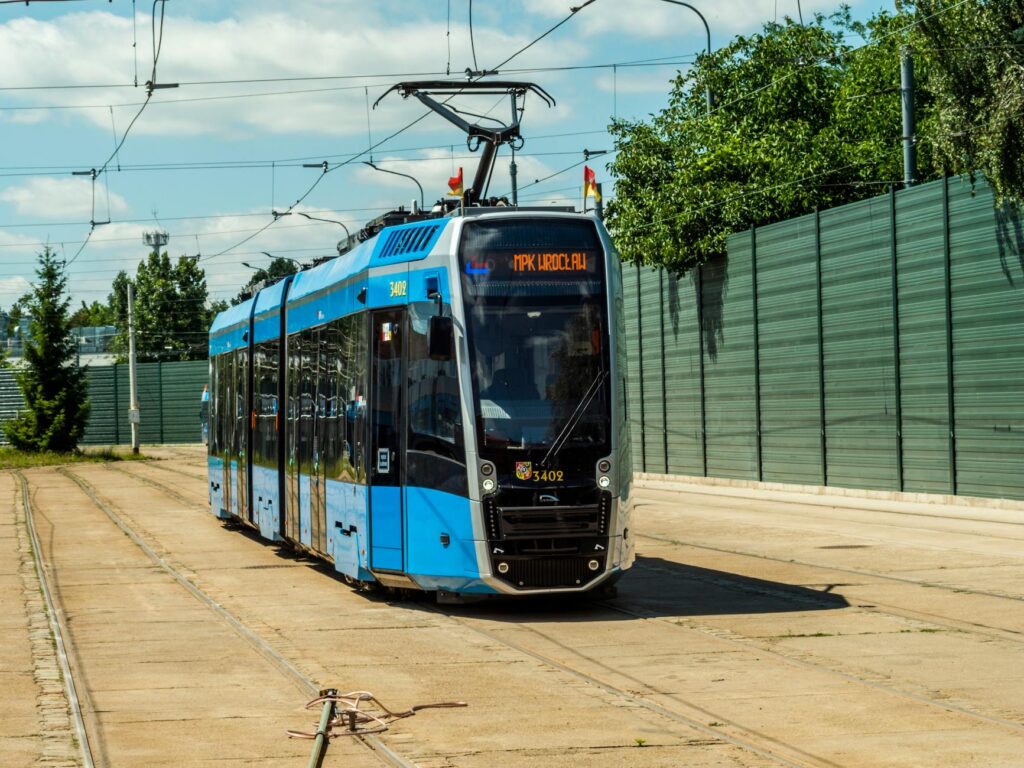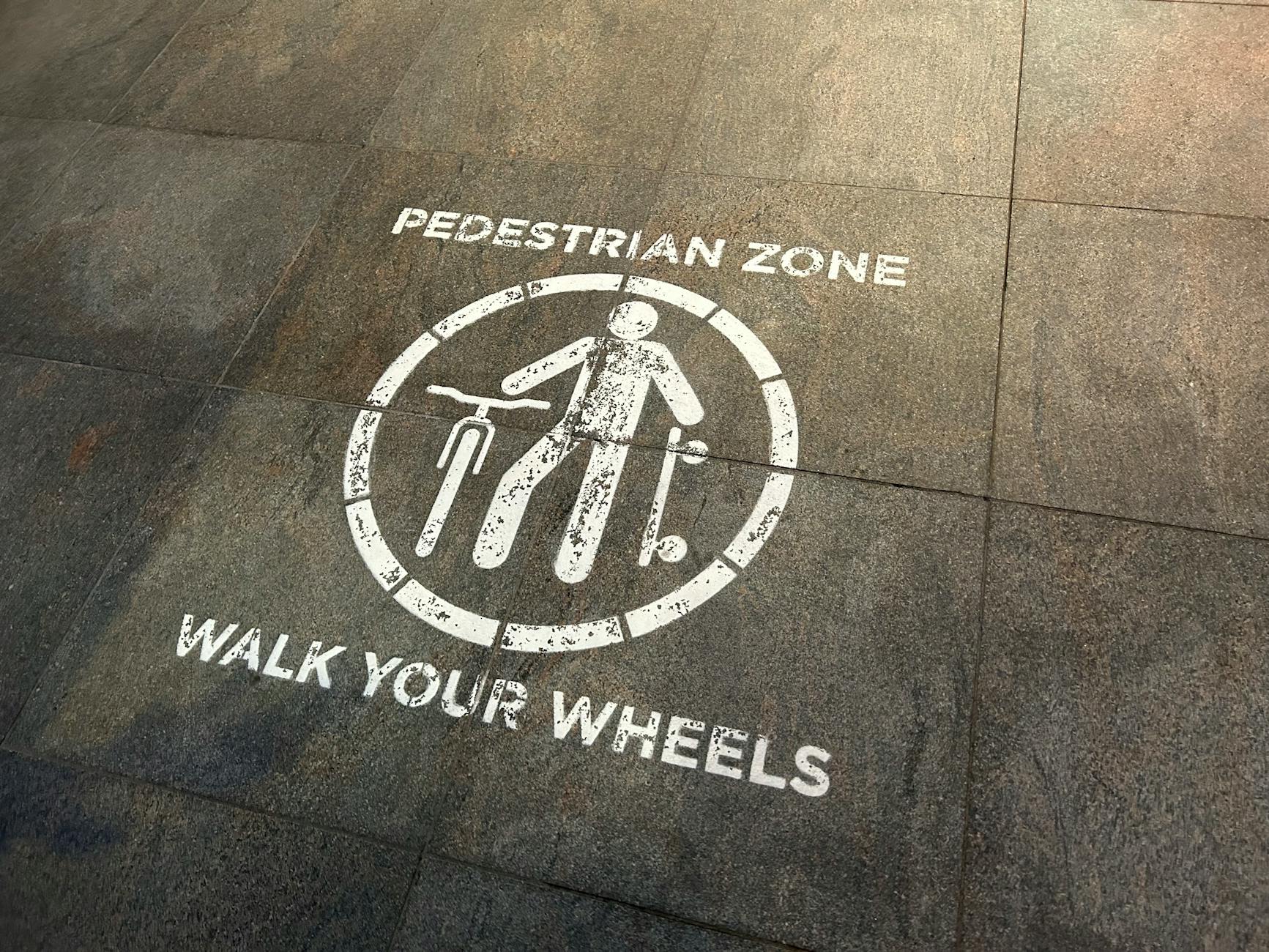We all want to lower our energy bills, and sometimes the answer is simpler than we think. Could cleaning your air conditioning unit be the key to significant savings? Let’s delve into the details.
Understanding Your AC Unit
Your air conditioner works hard, especially during hot months. It’s essentially a heat pump, moving warm air from inside your home to outside. Over time, dirt, dust, and debris accumulate on vital components, hindering its efficiency. 
The Impact of a Dirty AC Unit
A clogged AC unit has to work much harder to cool your home. This increased strain translates directly to higher energy consumption and, consequently, a larger electricity bill. A dirty filter restricts airflow, forcing the unit to run longer and consume more power. Learn more about air filters.
Cleaning: A Simple Solution
Regular cleaning can significantly improve your AC unit’s performance. This includes cleaning or replacing the air filter, and cleaning the coils (external and internal, if accessible).  For external units, a simple hose-down can make a big difference. Always refer to your unit’s manual for specific cleaning instructions.
For external units, a simple hose-down can make a big difference. Always refer to your unit’s manual for specific cleaning instructions.
The Cost Savings
While the exact amount you save depends on factors like the size of your unit, its age, and climate, studies show that a clean AC unit can reduce energy consumption by 5-15%. This can translate to significant savings on your monthly bill, especially over the long term. Check out this energy saving guide.
Beyond Cleaning: Regular Maintenance
Cleaning is just one part of proper AC maintenance. Regular servicing by a qualified technician is also essential. They can identify and address more complex issues like refrigerant leaks or compressor problems, further enhancing efficiency. Find an AC maintenance professional near you.
Energy-Efficient Upgrades
Consider upgrading to a more energy-efficient AC unit if yours is old and inefficient. New models often come with features like variable-speed compressors and smart thermostats, allowing for even greater energy savings. Compare energy-efficient AC models here.
The Importance of Airflow
Ensuring proper airflow around your AC unit is crucial. Keep vents clear of obstructions, and regularly check for any blockages that might hinder efficient cooling. This improves the overall system efficiency.
Other Energy-Saving Tips
Remember that cleaning your AC unit is only one part of a larger strategy to save energy. Other steps include using energy-efficient appliances, sealing windows and doors to prevent drafts, and utilizing smart thermostats.  Read our guide on smart thermostats.
Read our guide on smart thermostats.
In conclusion, cleaning your air conditioning unit is a simple yet highly effective way to improve its performance and lower your energy bills. By combining this with other energy-saving measures, you can significantly reduce your impact on the environment and save money in the process. Learn more about sustainable living.
Frequently Asked Questions
How often should I clean my AC filter? It’s recommended to check and clean or replace your air filter at least once a month, or more frequently if you live in a dusty environment.
Can I clean my AC coils myself? While you can clean the external coils, it’s generally best to leave the internal coil cleaning to a professional, as improper cleaning can damage the unit.
How much can I save by cleaning my AC unit? The savings vary, but you can expect to see a reduction in your energy bill of 5-15%, depending on the condition of your unit and other factors.
What other maintenance should I perform on my AC unit? Regularly inspect your AC unit for any signs of damage or leaks. Schedule annual professional maintenance for optimal performance.
Is it worth investing in a new, energy-efficient AC unit? If your current unit is old and inefficient, upgrading to a newer model can result in significant long-term energy savings.





